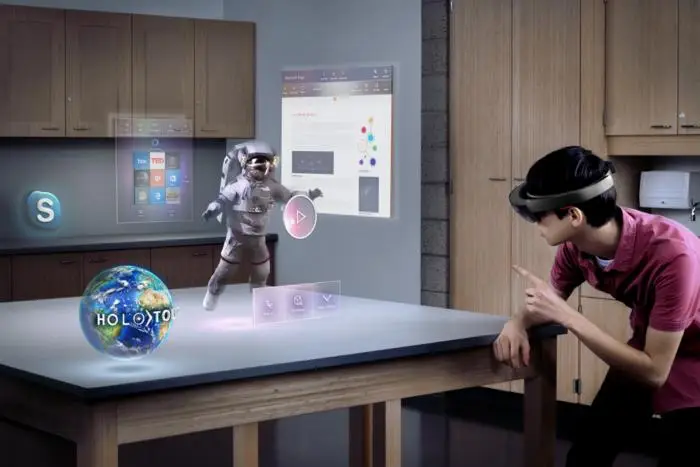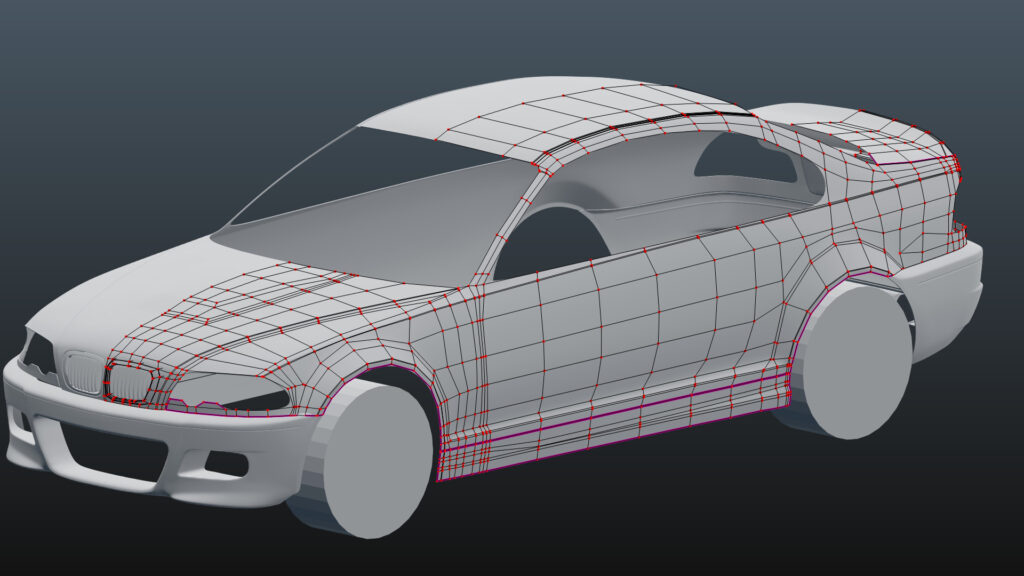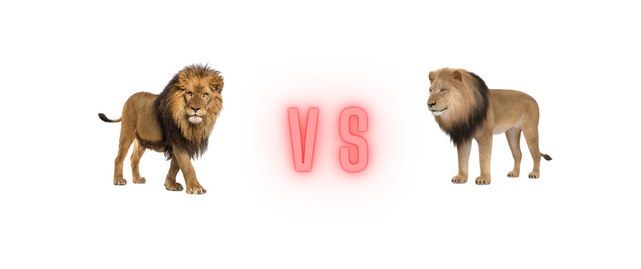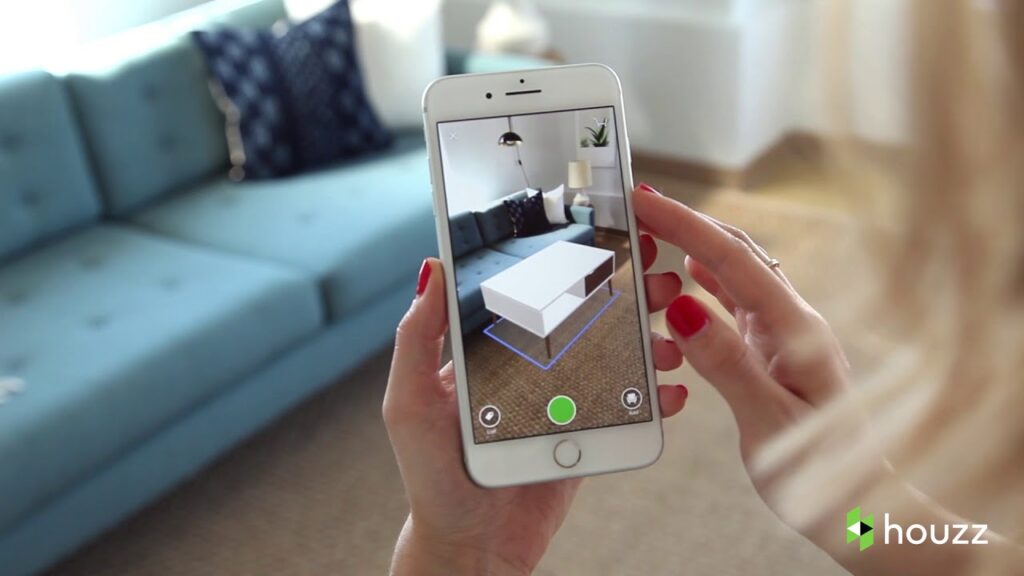
Have you ever used Snapchat / Instagram filters and wonder how do they make your face attractive or entertaining? Do you use Google Street View and wonder how do they make those arrows and texts anchored to a single place? Both scenarios fall under the category of Augmented Reality (AR).
Simplified definition – Augmented Reality is the experience of using a software that opens your phone camera or uses a headset display – e.g. Meta Quest Pro and make 3D graphics / images / video / 3D animations appear in front of you that we may communicate or interact with.
Standard definition – Augmented Reality is an interactive experience with virtual objects using technology that superimposes computer generated contents in the real world.
Of course, the standard definition may seem daunting to some. Let’s break it down.
Breaking down the definition of Augmented Reality
Computer generated content

These are usually any contents that can be stored digitally. For example, images, videos and 3D models – with or without animations.
Real object vs virtual object

A real object is any object that exist in our world. These objects strictly abide by the physics of our world. A lion is seen as lion because of the light reflected off a body that resembles a lion. Furthermore, the roars and grunts produce by its vocal cord uniquely identifies a lion.
On the contrary, a virtual object is a fake object that we can perceive as real object by fake stimuli. We usually use computer to fake stimuli. A virtual lion doesn’t exist but we can fake its existence. This is possible using realistic fake stimuli – e.g. vision, sound, smell and touch.
Vision – We could generate a realistic 3D lion model and using camera tricks or hologram technology we could make it appear in front of you.
Sound – We could use lion roars and grunts sound effect, play it on a speaker. If played on appropriate timing and volume, it could make the lion more realistic.
Smell – We don’t have the technology yet. Future technology could generate a musky and earthly smell.

Touch – We are still at infant stage with haptic gloves that provide touch feedback. However, if this technology advances, your fingers can feel furry textures as you touch the 3D lion model. We could also achieve this with Brain Computer Interface (BCI) technology which also needs more time.
Real world vs virtual world

Obviously, the real world just refers to the world that we live in – where reality is. It is a space that holds real object and may hold virtual objects as well.
In contrast, virtual world is any world like experience thats not real – experienced through Virtual Reality (VR). It is a space that holds virtual objects and may hold real objects as well – usually real objects are unnecessary in Virtual Reality. Here are some examples of a virtual world.
Video Games – Video games that offer a real world like experience is a virtual world – whether through a computer screen or a VR headset. It allow us to interact or communicate with computer generated characters and objects.
Pre-recorded video – Furthermore, a virtual world can be a past version of the real world. If you were to record a video and edit it with 3D effects and watch it, you’re not experiencing Augmented Reality. In contrast, you are experiencing a virtual world. Augmented Reality needs to be a live experience of the real world.
Superimposing objects on real world

Generally, superimpose is to place something on top of another – both things are visible. In this case, it is the placement of a computer generated content on the real world – both content and real world is visible.
For example, you could programmatically make a 3D apple model appear in front of your phone camera. It’s as if your camera has a sticker stuck on it. Then, you can try to position the apple to appear sitting on a table. You could further enhance the experience by programmatically making the 3D apple model realistically appear sitting on the table. All of this is an Augmented Reality experience.
On the contrary, if you programmatically set to overlay the 3D apple model to cover the whole screen, it is not Augmented Reality. Augmented Reality is an experience that combines virtual objects with the real world. The real world must be part of the experience.
Stitching it together
To put it together, Augmented Reality is an experiencing interacting with digital objects. This could be achieve through a screen (e.g. phone, desktop, headset) or without a screen (e.g. holograms). These digital objects can be images, videos, 3D models or any other computer generated content that tries adapt to the real world. The digital contents should appear in the real world and not in a virtual one – e.g. a game.
